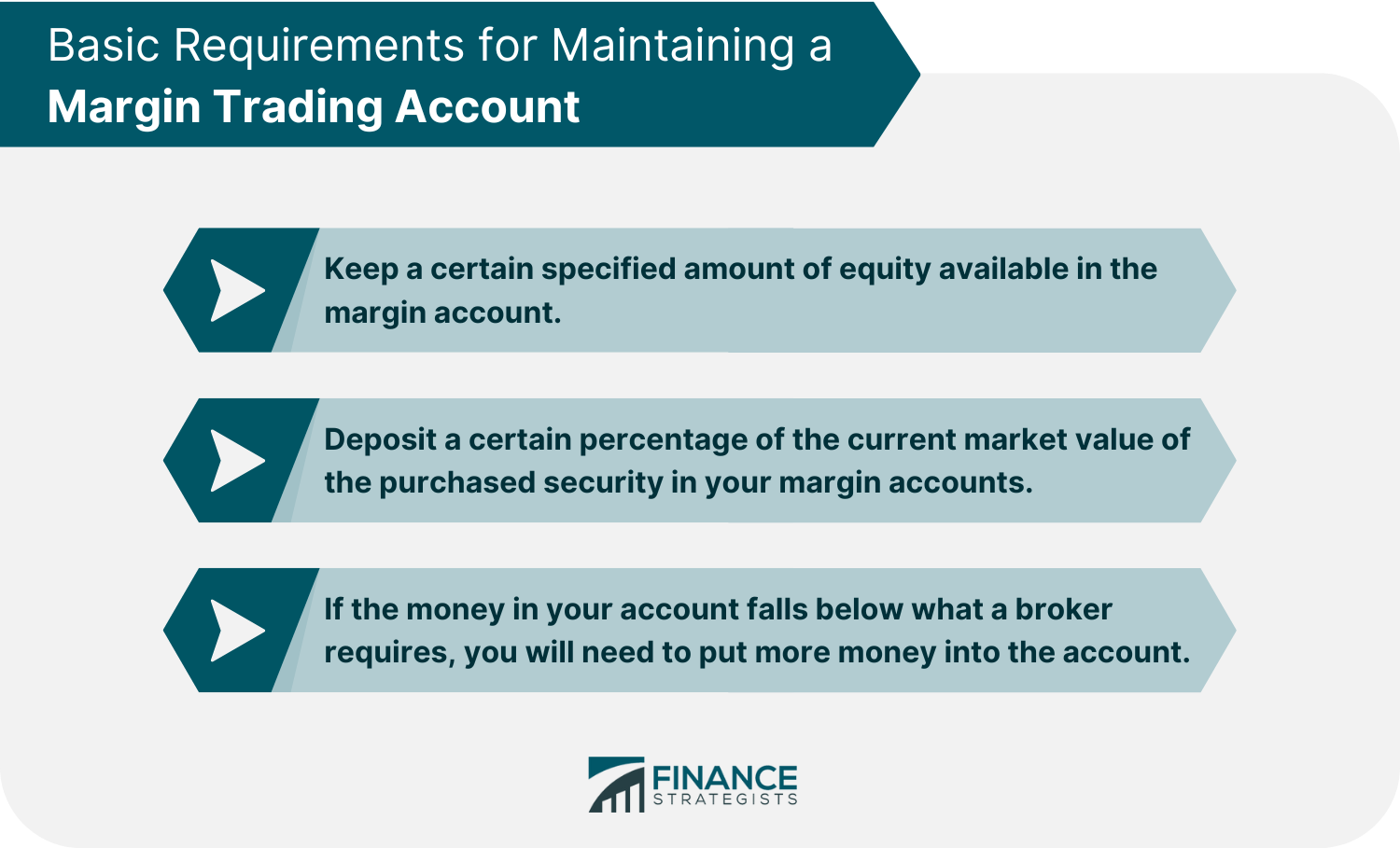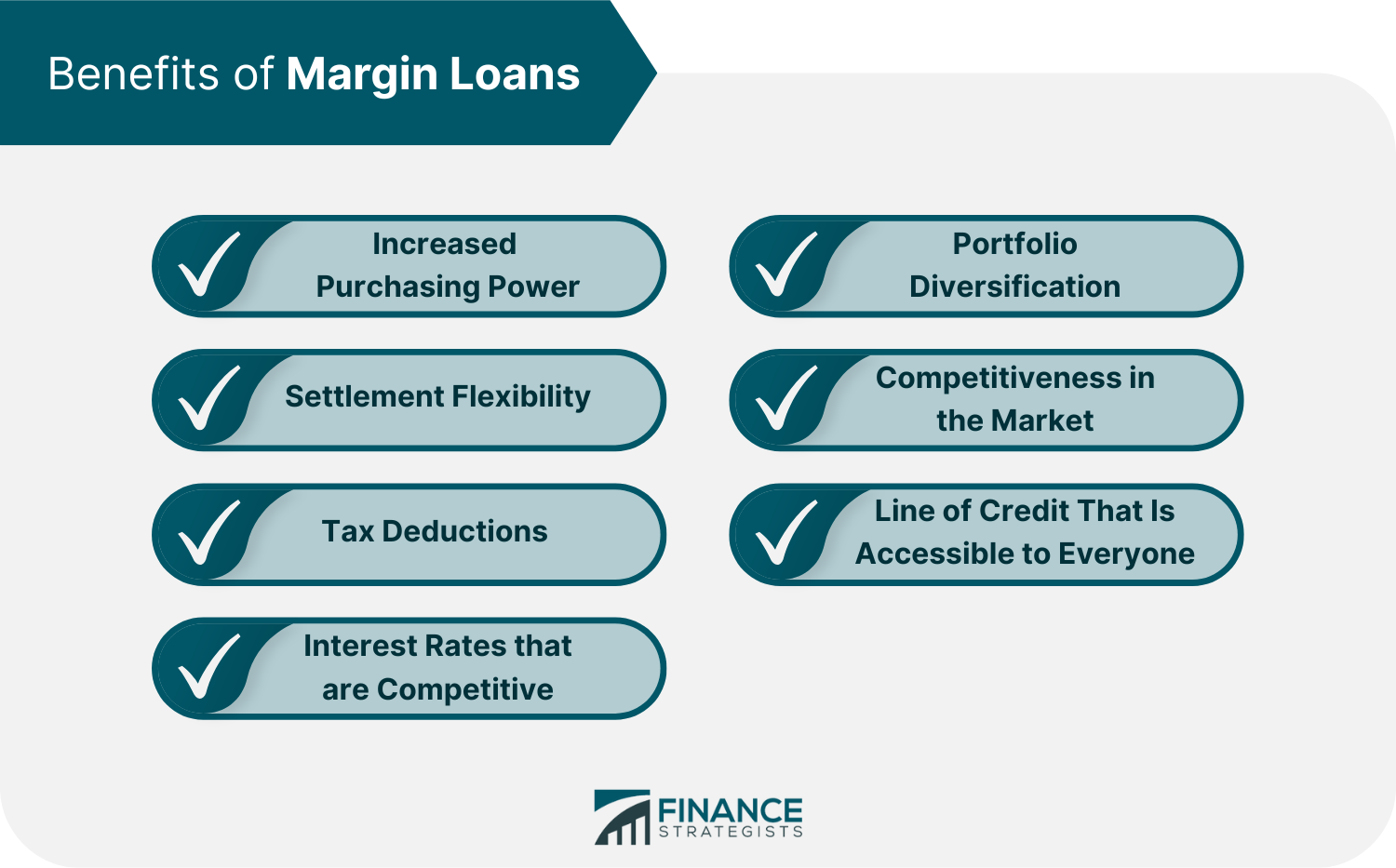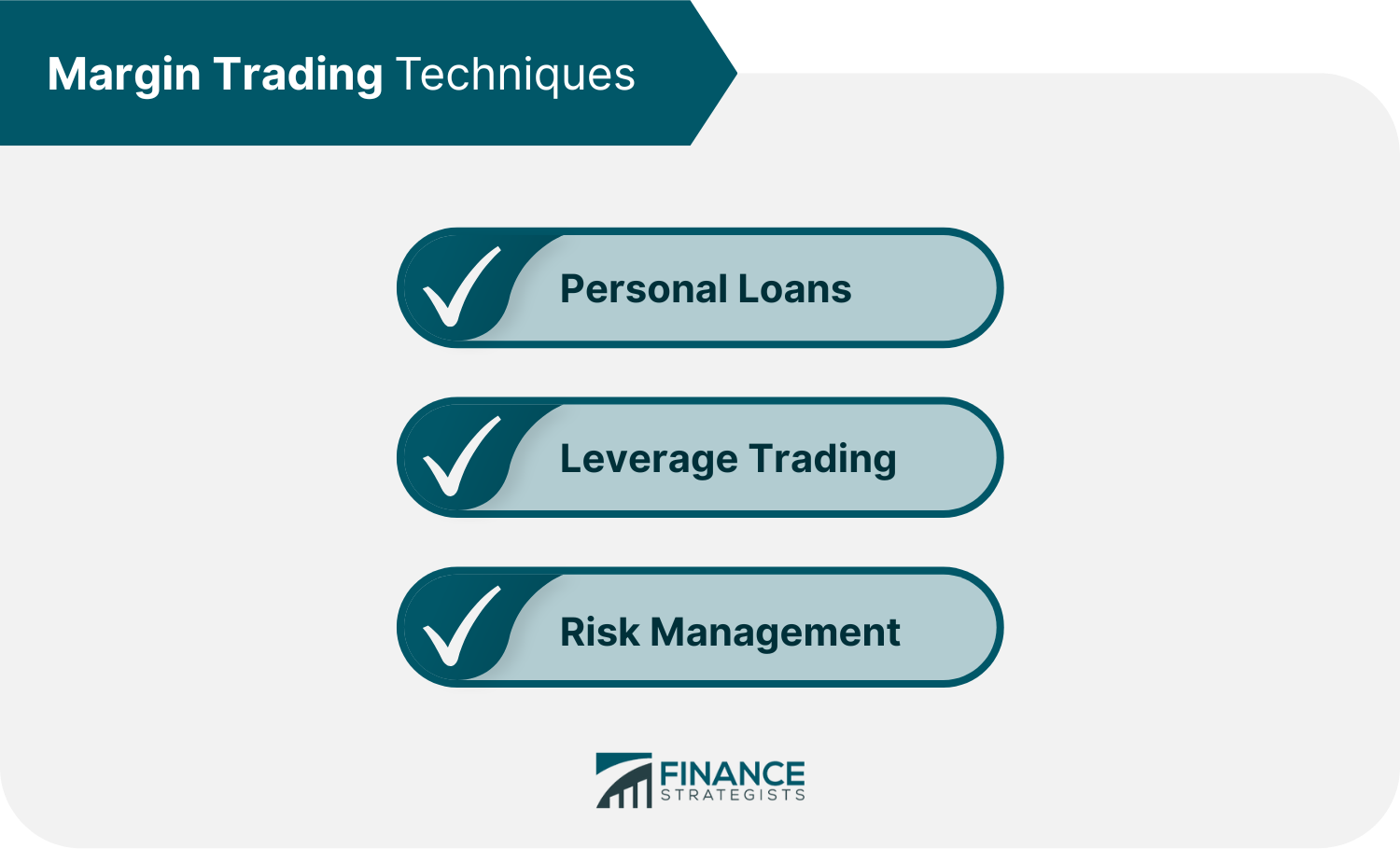Margin trading is a fundamental investment strategy that does not necessitate lengthy or complex procedures. All it needs is a good eye for investing in appropriate businesses and the assistance of a broker to get you the money. If you want to invest in common stocks but do not have enough cash, margin trading is the route for you. It allows you to deal with a broker and purchase shares proportionally. You would not have to give up a lucrative project because you lack the required cash to buy the shares using this convenience of margin trading. It is easy. You may purchase fractional shares and borrow funds from a broker to finance the rest of your investment. The loan can be paid off with interest at a specified rate. During negotiations, the investor and the broker work out all of the specifics regarding the margin trading operation, such as rates of interest and funds borrowed. You may simply buy the equities you want after completing all your transaction details with the broker. Federal regulations have a maximum limit of 50% borrowed funds for the total cost of purchasing shares from a broker. With asset leverage, margin trading amplifies gains and losses over time. So, if you want to make sure you are earning profits from your investment, learn some tricks about the trade to stay ahead of professionals. If you are new to margin trading, do not worry, you can still earn a good profit. This activity allows beginners to invest their money wisely in the market with help from a broker. However, it is essential that you know the basic rules of margin trading before venturing into any opportunities. Before you start margin trading, learn the basics by reading this article. If you want to engage in margin trading, you'll need to find a broker or agency to make a deal with you. You must discover a broker who will give you the required capital loan at an interest you can quickly pay off. Negotiating with an agency for a loan that has you paying an astronomically high-interest rate is not a smart idea. Ascertain current market rates for interest before making a payment agreement, and avoid making extra payments than you have any chance of earning from your share trading activities. It is critical to be clear on the loan agreement details. The contract should contain all the terms you have agreed to with the broker, including the loan sum, agreed interest rate, and payment mode and frequency. When looking for a margin loan to invest in industry shares, remember that federal rules and regulations only allow you to borrow a maximum of 50% of the total quantity of your stock. Make sure you can come up with at least 50% of the share amount; otherwise, you might want to search for other alternatives. It is necessary to take note of the activity's inherent dangers, mainly because you are involved in margin trading. Because while margin trading may provide you with twofold gains, it can also result in a similar loss. It is also worth noting that you can lose more money than you put in your margin account. In this scenario, you will still be required to pay off your margin loan and the agreed interest rate. As a result, it is critical to know what kind of risk tolerance and apparent upheaval go hand-in-hand with the margin trading technique. If you want to get a loan for margin trading, most brokers and lending agencies require you to open a margin account with them. The requirements for keeping a margin trading account active will differ depending on which broker you use. Typically, these agencies demand that investors keep a specified amount of equity readily available in their margin account, known as the maintenance requirement. The percentage of the market value you must deposit in your margin account varies by the broker but is always subject to change with trading market trends. The overall amount of money you must maintain in your account will drop as the market value of your shares falls. An increase in share price on the market is expected to result in a rise in your account equity requirement. This will widen the gap between your account's minimal equity requirement and current account equity. Additional collateral may be needed if the value of securities in a margin account falls below the minimum equity requirements specified by the broker. Federal regulations allow you to finance 50% or less of the shares you wish to purchase through margin trading. In addition to the base mentioned earlier, your chosen broker will have additional conditions for margin trading that include but are not limited to: minimum equity requirements in their account, interest rates, and loan amount. Most brokers adjust these depending on the ebb flow of traded shares and securities purchased. The other federal rules are subject to change, therefore, do some research ahead of time and ensure that you join the margin trading business following all of the game's regulations. If you think margin trading is worth considering, then take a close look at the benefits before investing any of your capital. This will help you decide if buying margin securities makes more sense than another business or trading activity. Here are a few essential advantages you may anticipate if you decide to take a chance with margin trading. Margin trading allows you to try your luck and experiment in the market without worrying about capital. If you believe margin trading is worth your time, then investing in it is probably something you should consider. Weighing the available benefits against other business or trading activities will help determine if this is the right venture for you and your capital. You can increase your profit earnings and broaden your exposure with margin security. There is no minimum monthly payment to be made other than the agreed-upon interest amount as long as you keep your account equity requirement. The loan and interest payments are subject to the term of the agreement's repayment modules. Tax professional help can allow you to deduct the interest payments on a margin loan, meaning you could save money come tax season. Compared to credit cards as a lending option, margin loans save you money. It works better and is more practical than other viable financing options. More buying power allows you to pick and choose which securities you want to trade. You can experiment with different options until you find a portfolio that is ideal for your needs. You may use margin trading to keep and compete in the market. You can easily defer your capital gains and stay active on the market with margin trading rather than selling your shares for cash. Once you meet the requirements to trade with margin in your industry, you can easily finance your needs by borrowing against your assets through a margin loan. Aside from that, while margin trading has advantages, it also comes with a calculated risk of comparable loss. If you have decided that margin trading is the sort of trading activity that will help you become an active trader in the market, all you have to do now is learn a few more fundamentals. A few effective approaches may be used to make your attempt at margin trading easier. Because of the low-interest rates, more people are turning to margin trading. Once you qualify for a margin account, you can borrow against your assets without any extra hassle, There is seldom any need for further authorization or credit checks, allowing you to devise a financial plan that meets all your personal needs. Using leverage when trading in the market can help increase your returns on investment. By borrowing funds to trade with, you are effectively increasing your exposure to the market. With this financial strategy of margin trading, you have the potential to increase your profits. But always be sure to take the possible loss into account as well. As the probable loss is likely to be similar to the profits earned, trade cautiously. There are easy ways to manage the risk of your margin trading activities. One way is to use different hedging strategies. This will help reduce the overall risk associated with your margin trading activity. Increasing the diversification of your portfolio is another way of ensuring effective risk management of your margin trading and investment. By selecting a strategy that best suits you, investing and trading in the market can be easy and feel like the other experienced pros. We hope that after this article, you will understand what margin trading is and whether or not you want to participate in it. As a novice in the business without the skill of trading on the market, you can now attempt to trade. Start by investing in low-cost shares and learning the ropes through experience. With all the fundamental ideas and trade specifics at your fingertips, you can rest confident that you will begin with a good experience that will lead to you experimenting with a more daring investment opportunity. With experience, you will gradually diversify your portfolio and learn to manage risks like a professional broker or investor. You only need a fundamental knowledge of the trading activity and an awareness of different federal regulations. You may try your hand at margin trading to start, and you will indeed have a great time learning how to trade. All you need to know about margin trading has been covered. It will give you a comprehensive market understanding, including margin trading activity and associated rules and standards. Never trade or invest like an amateur again.What Is Margin Trading?
How It Works
Maintaining a Margin Account

Requirements
The Various Benefits of Margin Loans

Increased Purchasing Power
Settlement Flexibility
Tax Deductions
Interest Rates That Are Competitive
Portfolio Diversification
Competitiveness in the Market
Line of Credit That Is Accessible to Everyone
Margin Trading Techniques

Personal Loans
Leverage Trading
Risk Management
Conclusion
Margin Trading FAQs
Margin trading is a simple investment strategy that does not require lengthy or complex procedures. All you need is a good eye for identifying promising businesses, and the help of a broker to get you the money. If you want to invest in common stocks but do not have enough cash on hand, margin trading may be the right option for you. It allows you to work with a broker and purchase shares proportionally according to what cash you do have.
To get started with margin trading, you will first need to find a broker that offers this service. You can either use an online broker or a traditional brick-and-mortar firm. Once you have found a broker, you will need to open a margin account with them. This is different from a regular brokerage account in that it allows you to borrow money from the broker to purchase securities.
The amount of money that you are able to borrow for you to start margin trading will be based on the value of the securities in your account and the margin requirements set by your broker. For example, if you have $5,000 in securities and your broker has a 50% margin requirement, you will be able to borrow $2,500 from the broker. This borrowed money can then be used to purchase additional securities.
There are a few key benefits of margin trading that make it an attractive option for many investors. These benefits include the ability to buy more securities than you could otherwise afford, increased potential for profits, and the ability to use leverage to your advantage.
Of course, with any investment strategy, there are associated risks. Some of the risks of margin trading include the potential for losses if the value of your securities decreases, the possibility of being called in by your broker and having to sell your securities at a loss, and the potential for margin calls which can force you to sell your securities or add more money to your account.
True Tamplin is a published author, public speaker, CEO of UpDigital, and founder of Finance Strategists.
True is a Certified Educator in Personal Finance (CEPF®), author of The Handy Financial Ratios Guide, a member of the Society for Advancing Business Editing and Writing, contributes to his financial education site, Finance Strategists, and has spoken to various financial communities such as the CFA Institute, as well as university students like his Alma mater, Biola University, where he received a bachelor of science in business and data analytics.
To learn more about True, visit his personal website or view his author profiles on Amazon, Nasdaq and Forbes.











